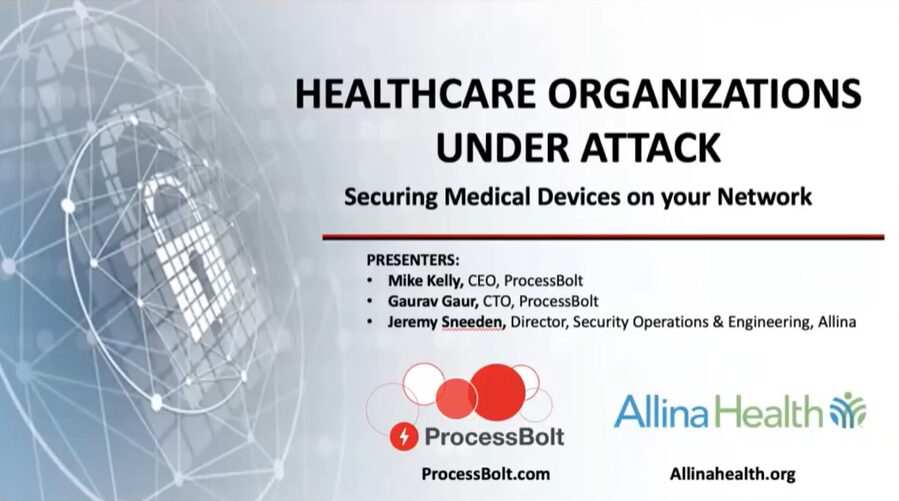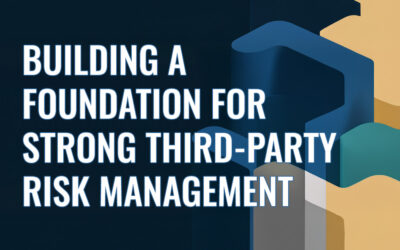You’ll discover how MDS2 plays a vital role in assessing and communicating the security features of medical devices, enabling healthcare providers to make informed decisions about their technology infrastructure. We’ll explore effective strategies to implement third-party risk management, highlighting its importance in identifying and mitigating risks associated with external vendors and partners. Additionally, you’ll learn how synergizing MDS2 and third-party risk management can create a comprehensive security framework, bolstering your organization’s defenses against cyber threats and ensuring compliance with regulatory requirements.
The Role of MDS2 in Medical Device Cybersecurity
The Manufacturer Disclosure Statement for Medical Device Security (MDS2) plays a crucial role in medical device security. Introduced in 2004, MDS2 has become an invaluable resource for maximizing clinical IoT security, yet it remains underutilized. This standardized document provides healthcare delivery organizations (HDOs) with essential information about risk management and security controls to fortify medical devices against unauthorized access and cyberattacks.
Understanding MDS2 Structure and Content
The MDS2 form serves as a structured format for medical device manufacturers and HDOs to conduct security-risk assessments. It includes critical information such as:
- A description of the device’s security features, including encryption and authentication measures
- A list of potential vulnerabilities or security risks
- A list of potential vulnerabilities or security risks
- Information about security patches and updates
- A summary of the device’s compliance with relevant security standards and regulations
By reviewing the MDS2, you can gain a comprehensive understanding of a medical device’s security posture and take appropriate steps to mitigate potential risks.
Security Controls and Risk Mitigation
The 2019 version of MDS2 represents a significant improvement, introducing 23 different groups of security controls for medical devices. These controls help answer critical questions in assessing cybersecurity risks and identify security anomalies. The information within MDS2 documents can assist with various aspects of the clinical IoT lifecycle, including:
- Assessing device security features
- Identifying potential vulnerabilities
- Understanding compliance with security standards
- Planning for security updates and patches
Integration with Existing Security Frameworks
MDS2 aligns with several established security frameworks, enhancing its effectiveness in the healthcare cybersecurity landscape. The controls introduced in the 2019 version are mapped to recommended controls in various specification frameworks. This alignment allows for seamless integration with existing security practices and standards.
To further strengthen medical device security, the healthcare industry is working towards incorporating Software Bill of Materials (SBOM) details into MDS2 forms. This addition will significantly enhance risk assessment capabilities, especially in light of vulnerabilities like the QNX Real-Time Operating System (RTOS) BadAlloc vulnerability (CVE-2021-22156) that has impacted numerous medical devices.
By leveraging MDS2 with other security initiatives, such as the HHS 405(d) Program, you can create a more robust and comprehensive approach to medical device cybersecurity. This synergy helps drive behavioral change and move towards consistency in mitigating the most relevant cybersecurity threats in the healthcare sector.
Implementing Effective Third-Party Risk Management
In the healthcare sector, implementing a robust third-party risk management (TPRM) strategy is crucial to safeguard sensitive data and maintain regulatory compliance. A comprehensive approach to TPRM encompasses vendor risk assessments, clear contract language governing data security, robust authentication and encryption, continuous monitoring, and ongoing employee training.
Developing a TPRM Strategy
To develop an effective TPRM strategy, you need to create a structured framework that addresses the entire vendor lifecycle. This framework should include:
- Conducting regular risk assessments
- Implementing continuous monitoring for compliance and security posture
- Clearly defining contractual terms, including service level agreements (SLAs) that outline security and data management responsibilities
Establishing procedures for evaluating, selecting, and managing suppliers is essential. These procedures should be documented and include predefined criteria for supplier evaluation.
Vendor Assessment and Onboarding
The vendor assessment and onboarding process is critical in mitigating potential risks. Here’s a step-by-step approach:
- Create an Approved Supplier List (ASL) to track qualified suppliers based on predetermined criteria.
- Develop supplier surveys to evaluate potential vendors against your organization’s Quality Management System.
- Perform supplier qualification and gather evidence using predefined criteria.
- Add approved suppliers to your ASL.
- Generate agreements between your organization and the supplier, including quality agreements, supply agreements, and material/component specifications.
During the onboarding process, conduct thorough due diligence by reviewing the vendor’s compliance records, financial health, security controls, and business practices. Also, assess their data handling and storage practices and understand their incident response capabilities.
Continuous Monitoring and Performance Evaluation
Ongoing monitoring is crucial to ensure continuous compliance, cybersecurity performance, and risk management of external vendors. This process involves:
- Regularly evaluating cybersecurity risk profiles of third-party vendors to identify new or emerging risks.
- Continuously monitoring vendors’ performance against established success metrics and key performance indicators (KPIs).
- Ensuring vendors comply with relevant regulations, standards, and contractual obligations.
- Implementing action plans to respond to security incidents or breaches involving third-party vendors.
To streamline the monitoring process, consider using automated tools and platforms that provide real-time monitoring and risk assessment capabilities. Additionally, maintain open lines of communication with your vendors to address issues promptly and build stronger relationships.
Effective TPRM is an ongoing process requiring collaboration between departments, management, and stakeholders. Implementing these strategies can significantly enhance your organization’s third-party risk management capabilities and better protect sensitive healthcare data.
Synergizing MDS2 and TPRM for Comprehensive Security
Mapping MDS2 Controls to Third-Party Risks
To enhance medical device security, you must align MDS2 controls with third-party risk management strategies. The 2019 MDS2 version includes 23 different groups of security controls for medical devices, helping you answer critical questions in assessing cybersecurity risks and identifying security anomalies. You can create a more robust security posture by mapping these controls to your TPRM framework.
Collaborative Risk Mitigation Strategies
Implementing effective risk mitigation strategies requires collaboration between your organization and third-party vendors. To achieve this:
- Conduct thorough due diligence and vendor risk assessments before partnering with third-party vendors.
- Establish clear contractual agreements or service-level agreements (SLAs) that define information security practices and compliance requirements.
- Implement access control measures, applying the principle of least privilege to limit third-party vendors’ access to sensitive information.
- Provide security awareness training to your staff and third-party vendors to enhance overall cybersecurity posture.
Enhancing Overall Security Posture
To strengthen your organization’s security posture:
- Implement continuous monitoring of third-party vendors’ activities and security controls.
- Utilize encryption to secure patient data in transit and at rest.
- Adopt a data minimization strategy, sharing only the minimum necessary data with third-party vendors.
- Ensure regulatory compliance by adhering to industry standards like HIPAA and GDPR.
- Develop a comprehensive incident response and contingency plan to address potential breaches or disruptions.
By synergizing MDS2 and TPRM, you can create a more comprehensive and effective security framework for your healthcare organization, mitigating risks and ensuring the protection of sensitive patient data.
Conclusion
The synergy between MDS2 and third-party risk management has a significant impact on bolstering medical device security in the healthcare sector. By combining these approaches, organizations can create a strong defense against cyber threats, ensuring the protection of sensitive patient data and the integrity of medical equipment. This comprehensive strategy helps identify potential vulnerabilities and enables healthcare providers to make well-informed decisions about their technology infrastructure.
Looking ahead, the healthcare industry must stay vigilant in adapting to the ever-changing cybersecurity landscape. To effectively mitigate third-party risks, companies must develop a holistic approach that combines a strong risk management framework with cutting-edge technology for continuous monitoring.
Get in touch with ProcessBolt’s third-party risk experts to discuss how the latest innovations in attack surface monitoring and AI can be used to prevent third-party breaches. By staying proactive and leveraging these advanced security measures, healthcare organizations can safeguard their operations and, most importantly, protect the well-being of their patients.





